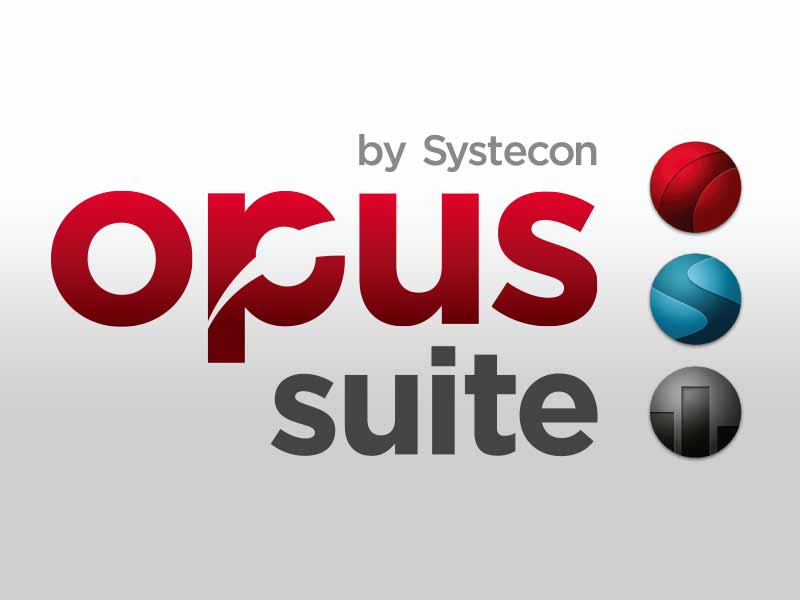References of the Opus Suite
Below we listed and shortly portrayed reference projects of various sectors for you to attain an overview of potential applications of Opus Suite.
The defense sector is only added to complete the list.
GRABAND can support you in all sectors, apart from defense. If you however are seeking support in the defense sector, you will find the right partner in Systecon.
Energy

Availability Analyses of the East Anglia Wind Power Project
Vattenfall and Scottish Power have formed the company East Anglia Offshore Wind (EAOW) for the purpose of developing the East Anglia wind farm in the North Sea, off the east coast of England. The United Kingdom has big plans for offshore wind energy, and has assigned lease agreements for about ten development zones. East Anglia is one of these development zones; it is expected to encompass 7,200 MW installed wind power capacity, the equivalent of 1,000 – 2,000 wind turbines.
Operation and maintenance of offshore wind turbines is complicated. Strong winds provide good power generating conditions but also make maintenance work more difficult. Personnel and equipment must be transported to and from the turbines – a challenge in terms of safety and cost effectiveness in areas with harsh weather conditions.
Systecon was hired by EAOW to use modeling and simulation to analyze different logistics concepts for the first construction phase of East Anglia.
The East Anglia SIMLOX simulations are based on meteorological data for the area, system data and data for maintenance resources (e.g. boats and helicopters).
Civil aviation
Spare Parts for the Maintenance Contracts of a Civil Airline
Running an airline is unavoidably expensive and many airlines operate with low margins. An airline can trim operating expenses in many different ways. The potential for savings is usually great in the costly area of supply of spare and circulating parts.
At the time of this project, the company now known as ST Aerospace Solutions Europe, was SAS Component and offered repair services and supply of circulating components to SAS and other airlines within the Scandinavian Airlines system.
This included management of the customer’s inventory of circulating parts. This type of pooling-arrangement facilitates cost effective support of the aircraft with the objective to minimize downtime due to maintenance and repair.
SAS Component wanted to evaluate the potential benefits of using a more advanced tool for spare parts optimization. Systecon was therefore asked to perform a study with the following results:
- Determine and evaluate current status – what theoretical service levels were possible, considering the current investment, inventory, and allocation?
- Estimate savings potentials when using OPUS10 – what would be the optimal spare parts investment if completely new provisioning were to be implemented?
- Suggest changes for short-term improvement.
- Determine requirements for direct data transfers with OPUS10 from existing ERP-systems (Enterprise-Resource-Planning-Systems).


Opus Suite offers solutions to all questions around the viewed system.
Helicopter

Analysis of Various Maintenance Solutions
Systecon assisted Heli-One, one of the world’s largest helicopter maintenance companies, analyze spare part inventory for the Sikorsky 92 helicopter. The purpose of the project was to identify the optimal distribution of spare part and replacement unit inventory levels to ensure maximum operational availability at the lowest cost.
Heli-One wanted help with the following:
- Obtain recommendations for the optimal distribution of replacement units to achieve a fixed helicopter availability at the lowest possible cost.
- Enable calculations of helicopter support costs and advance quotes to potential customers.
- Display the effects of various improvements and changes in the maintenance process.
To answer above questions, the maintenance situation was modeled with OPUS10.
Rail Transport
Dimensioning Commuter Train Depot Capacity
To demonstrate the need for investment, the commuter rail division of the Stockholm Public Transport Authority commissioned Systecon to prepare a strategic depot capacity report. Throughout the project, heavy focus was placed on collaboration and exchange of information with vehicle owners, depot owners, operators, and vehicle maintainers.
The project was conducted in three steps: collecting information, simulation and analysis.
Collecting information: Through a series of interviews and workshops, we identified critical background information, such as existing depot capacity, future expected vehicle deliveries, maintenance schedules and maintenance concepts, the current reliability status of the vehicle fleet, and desired traffic time-tables.
Simulation: The next step consisted of creating a customized SIMLOX model, based on the processed data collected. Based on this model, several simulation runs were performed with the results becoming the starting point of the analysis work.
Analysis: Eventually, the simulation results from each run were scored and interpreted using proven methodology. A comprehensive report detailing bottlenecks and recommendations was prepared. The report also included a quantitative assessment of several alternative scenarios.

Further and concrete examples of successful applications are to be found on the website of the Swedish software company Systecon.